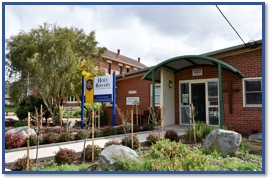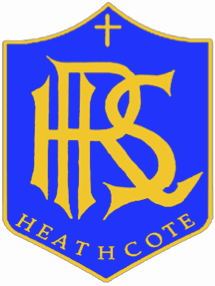The three priorities give students the knowledge and skills to engage with and better understand their world -
- nationally,
- regionally
- globally.
Learning about Aboriginal and Torres Strait Islander histories and cultures Back to - Victorian Curriculum F-10
Opportunities are available for students to learn about Aboriginal and Torres Strait Islander histories and cultures. Knowledge and skills gained by students have enduring importance and assist them to understand the uniqueness of these cultures together with embedded wisdom and knowledge.
Learning about Asia and Australia’s engagement with Asia
Students develop knowledge and understanding of Asian societies, cultures, beliefs and environments, and the connections between the peoples of Asia, Australia, and the rest of the world. This learning provides a regional context, and builds an understanding of the diverse cultures and peoples living in Australia.
Immigrants from many asian countries have historically contributed to Australia’s development and will continue to do so in the future. An understanding of Asia underpins students’ capacity to be active and informed citizens, fosters social inclusion and cohesion - vital to Australia’s prosperity.
Learning about Sustainability
The concept of sustainability is fundamental for students to understand the ways environmental, social and economic systems interact to support and maintain human life. It allows for critical examination of views and values that influence sustainable development.
Students develop knowledge, skills, values and worldviews necessary to contribute to more sustainable patterns of living. It has an increasing local, national and global resonance as decisions impact Australia’s future prosperity - particularly in relation to environmental, social and economic challenges.
The curriculum also provides opportunity for student’s creative participation that enables their understanding of their personal capacity to act in ways that help establish more sustainable practices.
 http://victoriancurriculum.vcaa.vic.edu.au/
http://victoriancurriculum.vcaa.vic.edu.au/
The Victorian Curriculum assumes that knowledge and skills are transferable across the curriculum and therefore are not duplicated. For example, skills and knowledge such as asking questions, evaluating evidence and drawing conclusions are defined in Critical and Creative Thinking and these definitions are not duplicated in other learning areas such as History or Health and Physical Education. Instead, it is expected that skills and knowledge defined in the capabilities will be developed, practised, deployed and demonstrated by students in and through their learning in all curriculum areas.
Learning Areas
|
| The Arts |
|
These learning areas underline the importance of a discipline-based approach to learning,
where learning areas are regarded as both enduring and dynamic.
Each learning area provides and is defined by a unique way of seeing, understanding and
engaging with the world.
For the Arts, the Humanities and the Technologies, students engage in and through disciplines,
which provide discrete content descriptions and achievement standards.
|
|
English
|
- Reading
- Writing
- Speaking & Listening
|
| Health and Physical Education |
|
| The Humanities |
-
Civics and Citizenship
-
Economics and Business
-
Geography
-
History
|
| Languages |
|
| Mathematics |
- Number & Algebra
- Measurement & Geometry
- Statistics & Probability
|
| Science |
|
| Technologies |
-
Design and Technologies
-
Digital Technologies
|
Capabilities
|
Critical and Creative Thinking
Ethical
Intercultural
Personal and Social
|
A set of discrete knowledge and skills, capabilities are taught in and through all learning areas.
They are not confined to just one area or discipline. |
 http://victoriancurriculum.vcaa.vic.edu.au/
http://victoriancurriculum.vcaa.vic.edu.au/


 Holy Rosary School aims to provide students with quality teaching and learning together with a range of learning experiences that assist in preparing lifelong learners, ready for tomorrow's world.
Holy Rosary School aims to provide students with quality teaching and learning together with a range of learning experiences that assist in preparing lifelong learners, ready for tomorrow's world.
